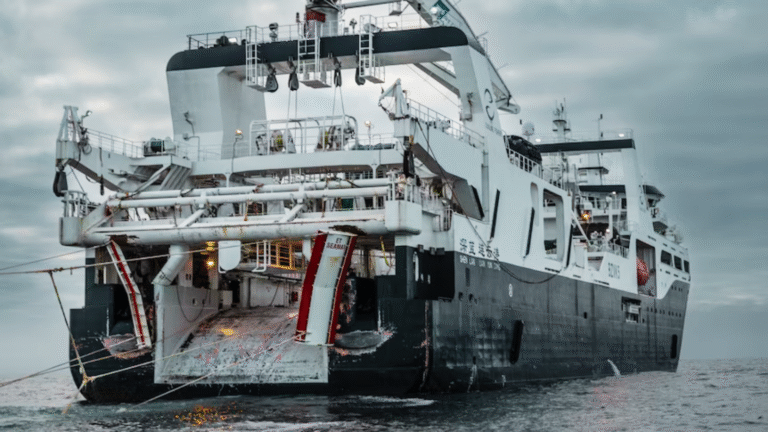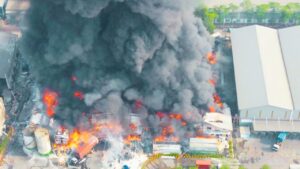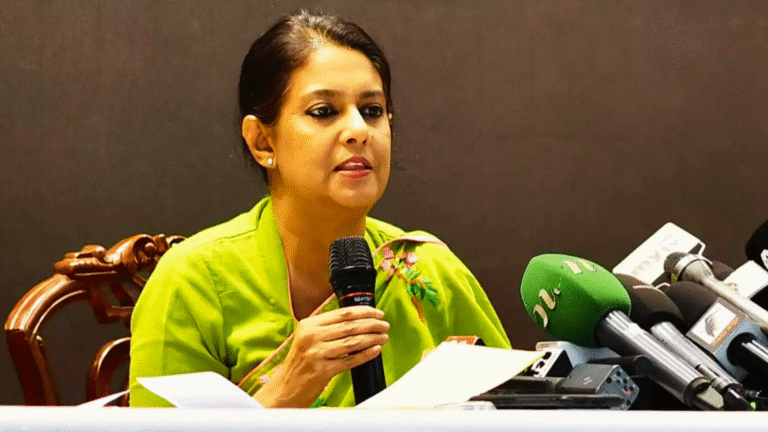In a bold show of power, North Korea tested its largest intercontinental ballistic missile (ICBM) to date, the solid-fuel Hwasong-19, which state media praised as “the world’s strongest strategic missile.”
The missile soared higher than any previous North Korean projectile, reaching a peak altitude of 7,687 kilometers before splashing down between Japan and Russia, a flight tracked by South Korean and Japanese militaries.
The launch comes amidst intense international criticism over North Korea’s military support for Russia in Ukraine. North Korean leader Kim Jong Un hailed the Hwasong-19 as evidence of his nation’s irreversible dominance in nuclear-capable missile technology, demonstrating a range that could potentially target the U.S. This development has stoked global concerns, drawing immediate rebuke from Washington, South Korea, Japan, and European allies, as well as the United Nations.
Analysts view this launch as a direct message to the U.S., reinforcing North Korea’s strategic deterrent. The Hwasong-19, like its predecessor Hwasong-18, uses solid fuel, a key feature that allows for rapid launch readiness, greater mobility, and enhanced stealth. Photos from state news agency KCNA depict the multi-stage missile launched from a mobile canister and show in-flight footage from onboard cameras.
Experts suggest the Hwasong-19’s extended range and payload capacity are likely intended for heavier or multiple nuclear warheads, enhancing its threat. North Korea may continue testing the missile’s ability to deliver warheads to separate targets during reentry. The missile’s 85-minute flight covered a distance of 1,001 kilometers, marking a new chapter in North Korea’s advancing military technology.












+ There are no comments
Add yours